The Only Product Launch Checklist Template You'll Ever Need
product launch checklist template: Launching a product feels a bit like sending a rocket into space, doesn't it? There's the thrill of creation, the mon — learn
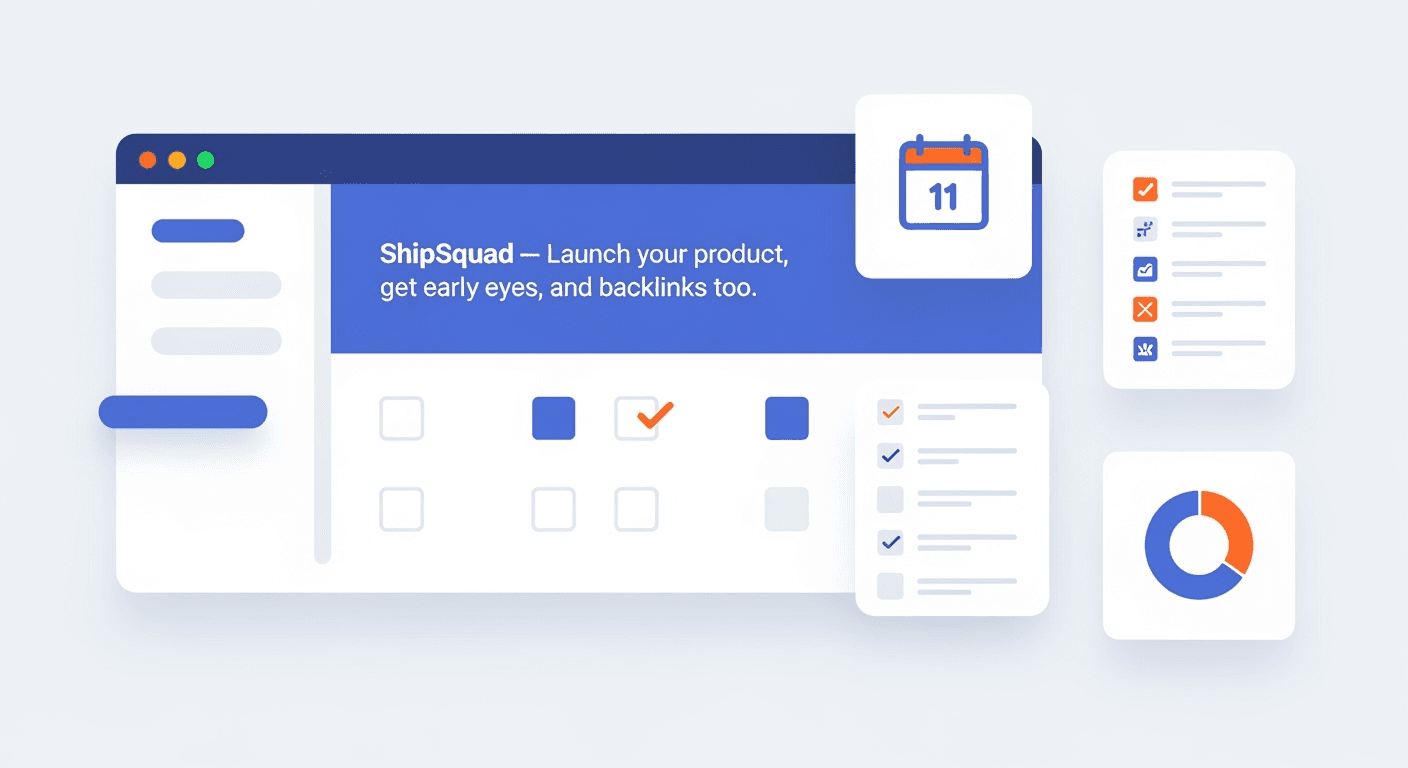
Launching a product feels a bit like sending a rocket into space, doesn't it? There's the thrill of creation, the months of hard work, and that nail-biting moment when you finally press the big red "launch" button. But what happens next? For too many indie makers and early-stage founders, the answer is… silence. Crickets. All that effort, launched into a void with no audience to see it, no feedback to learn from, and no SEO footprint to build on. It’s a common story, but it doesn’t have to be yours. This is where a rock-solid product launch checklist template becomes your mission control.
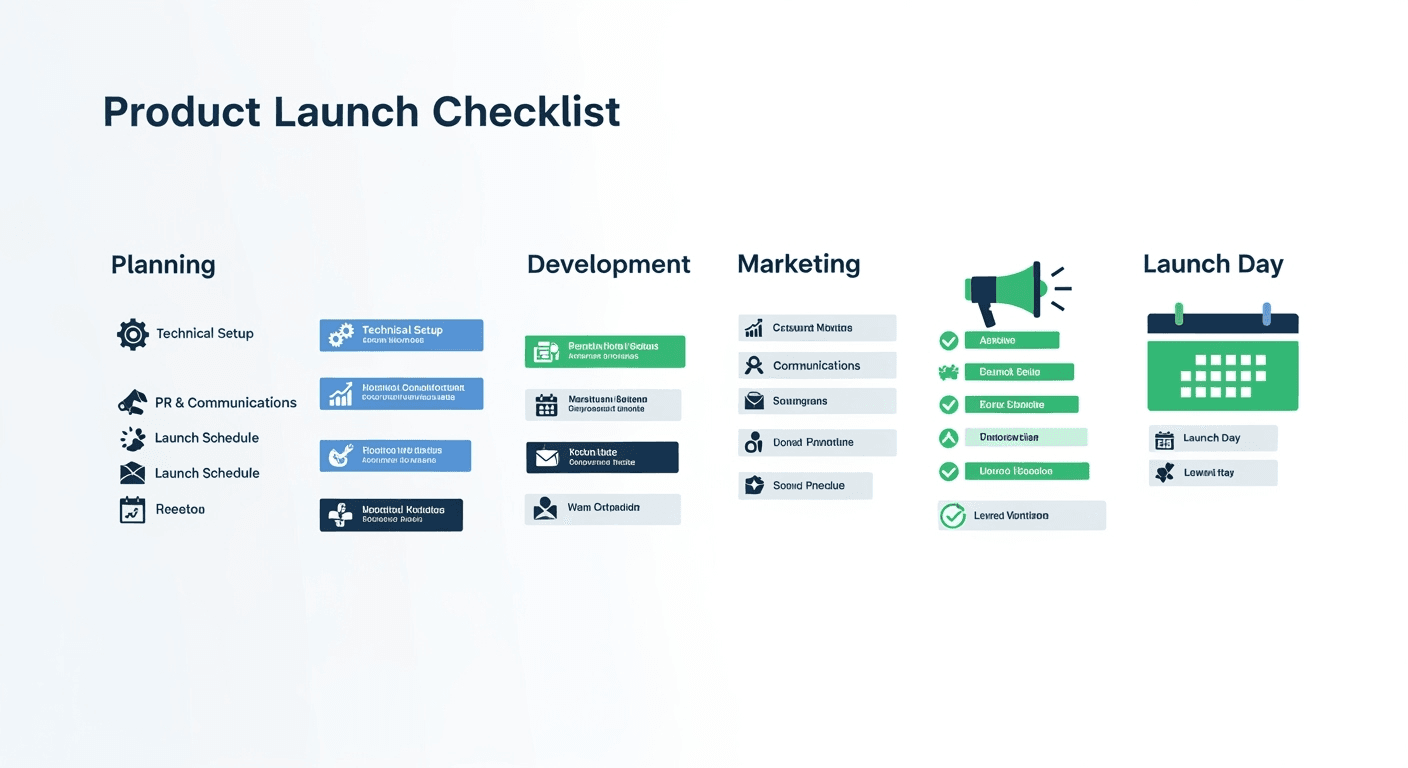
Table of Contents
- Before You Even Think About Launching: The Pre-Launch Foundation
- Phase 1: Market Research & Validation (6-3 Months Before Launch)
- Phase 2: Product Development & Positioning (3-1 Months Before Launch)
- Gearing Up for Go-Time: Your 1-Month Pre-Launch Checklist
- Phase 3: Marketing & Content Creation (4 Weeks Out)
- Phase 4: Building Buzz & Community (2 Weeks Out)
- The Big Day: The Ultimate Launch Day Product Launch Checklist Template
- Phase 5: The Final Countdown (1 Week Out)
- Phase 6: Launch Day Execution (T-Minus 0)
- The Work Isn't Over: Your Post-Launch Survival Guide
- Phase 7: The First Week (Post-Launch)
- Phase 8: The First Month & Beyond (Sustaining Momentum)
- Common Launch Pitfalls to Avoid
- Conclusion: Your Launch is Just the Beginning
- Recommended Videos
- Frequently Asked Questions
Before You Even Think About Launching: The Pre-Launch Foundation
A successful launch is 90% preparation and 10% execution. Skipping the foundational work is like trying to build a house on sand. Let’s lay the concrete.
Phase 1: Market Research & Validation (6-3 Months Before Launch)
This is where you stop assuming and start knowing. According to CB Insights, a staggering 35% of startups fail because there's no market need. Don't become a statistic.
Your Checklist:

- Conduct Competitor Analysis: Identify 3-5 direct and indirect competitors. What do they do well? Where are their weaknesses? Read their reviews—the bad ones are a goldmine of opportunities.
- Validate the Problem: Get out of your own head. Talk to at least 15-20 people in your target audience. Do they actually experience the problem you think they do? How are they solving it now? Is it a "hair-on-fire" problem or just a minor annoyance?
- Create a Unique Value Proposition (UVP): In one sentence, explain what you do, who it's for, and why you're different. If you can't articulate it simply, you haven't nailed it yet. Example: "For indie makers who lack an audience, ShipSquad is the free launch platform that provides early feedback and valuable SEO backlinks."
Personal Aside: I once spent six months building a complex project management tool. The problem? I never actually asked project managers what they needed. I built what I thought was cool. It landed with a deafening thud. It was a painful, expensive lesson in the power of validation.
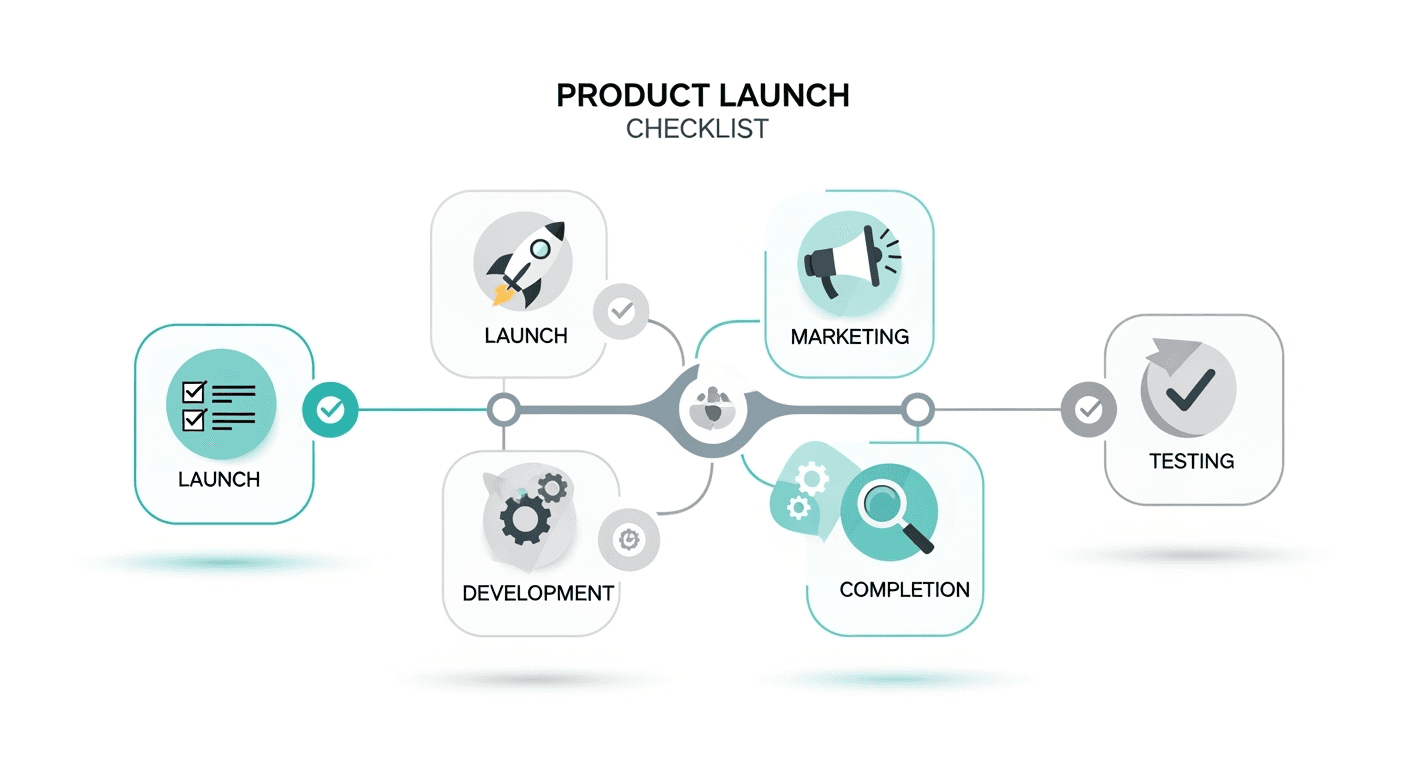
- Title: The Idea Validation Funnel
- Top (Widest): Broad Problem Hypothesis ("I think people struggle with X.")
- Middle: Customer Interviews & Surveys (Qualitative & Quantitative Data)
- Bottom (Narrowest): Validated Problem & Refined Solution ("I know this specific group struggles with X, and my solution solves it by doing Y.")

Phase 2: Product Development & Positioning (3-1 Months Before Launch)
With a validated idea, you can now focus on building the right thing and crafting the right message.
Your Checklist:
- Define Your Minimum Viable Product (MVP): What is the absolute core set of features needed to solve the primary problem for your early adopters? Resist the urge to add everything. Your MVP is a learning tool, not a finished masterpiece.
- Develop a Pricing Strategy: Will it be freemium, subscription-based, a one-time fee? Research what your competitors charge and what your target audience is willing to pay. Even if you're launching a free tool, think about your long-term monetization plan.
- Craft Your Brand Messaging & Voice: What's your personality? Are you the quirky, fun sidekick or the trusted, authoritative expert? This should be consistent across your website, emails, and social media.
- Write Your Positioning Statement: This is an internal document that guides your marketing. Format: "For [target customer] who [statement of need], [product name] is a [product category] that [statement of benefit]."
Actionable Tip: Need to sharpen your messaging? Getting early feedback is key. You can test your positioning on a small group of beta users or on a community platform to see what resonates before you broadcast it to the world. Seeing how real people describe your product is often more powerful than any marketing copy you can write.
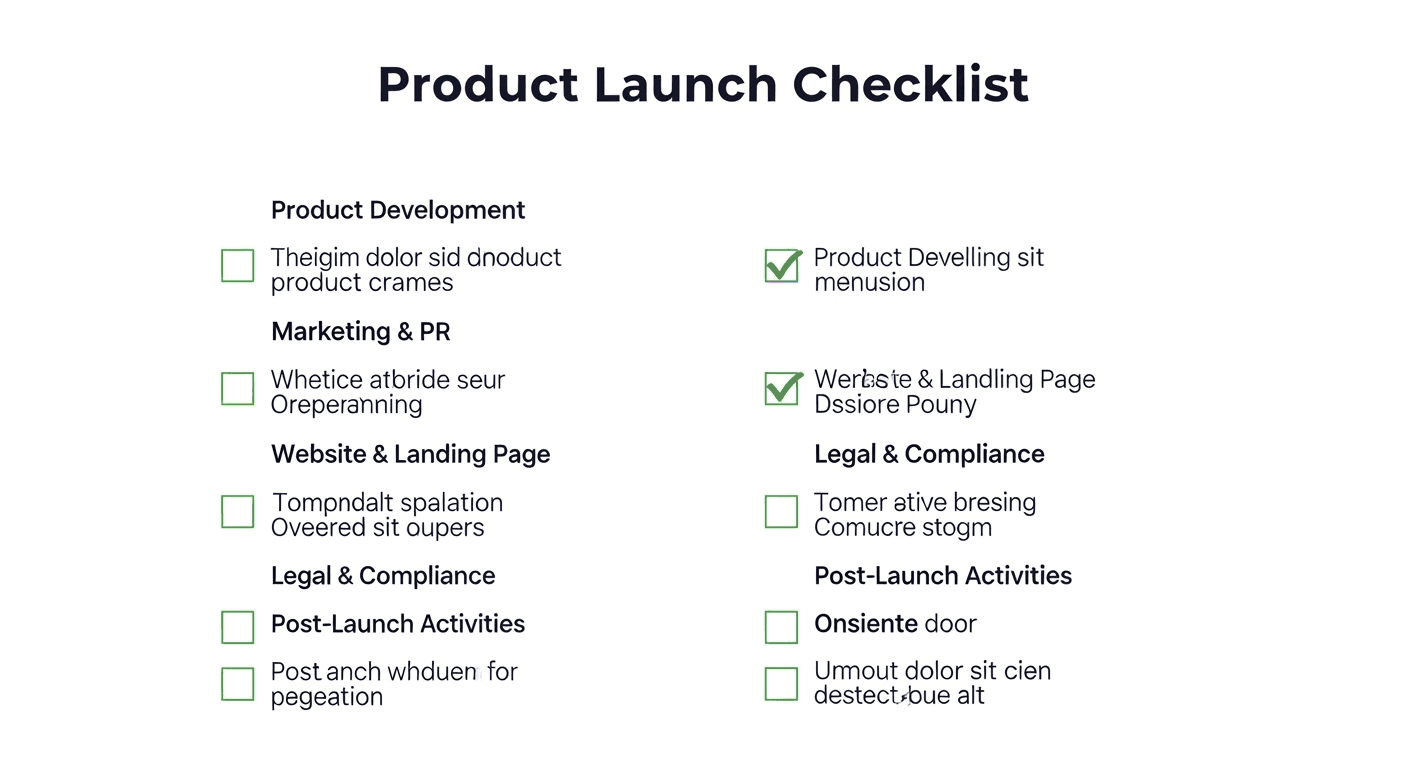
Gearing Up for Go-Time: Your 1-Month Pre-Launch Checklist
The final month is a sprint. This is where you transition from building a product to building an audience for it.
Phase 3: Marketing & Content Creation (4 Weeks Out)
It's time to build your launchpad. You need a place for people to land and a reason for them to stick around.
Your Checklist:
Get our free checklist: Improve your group's communication in 10 minutes.
Download now to reduce friction and talk more naturally.
- Start Your Pre-Launch Email List: This is your most valuable asset. Offer a compelling reason to sign up—early access, a discount, a free resource. Tools like Mailchimp (https://mailchimp.com) or ConvertKit (https://convertkit.com) are great for this.
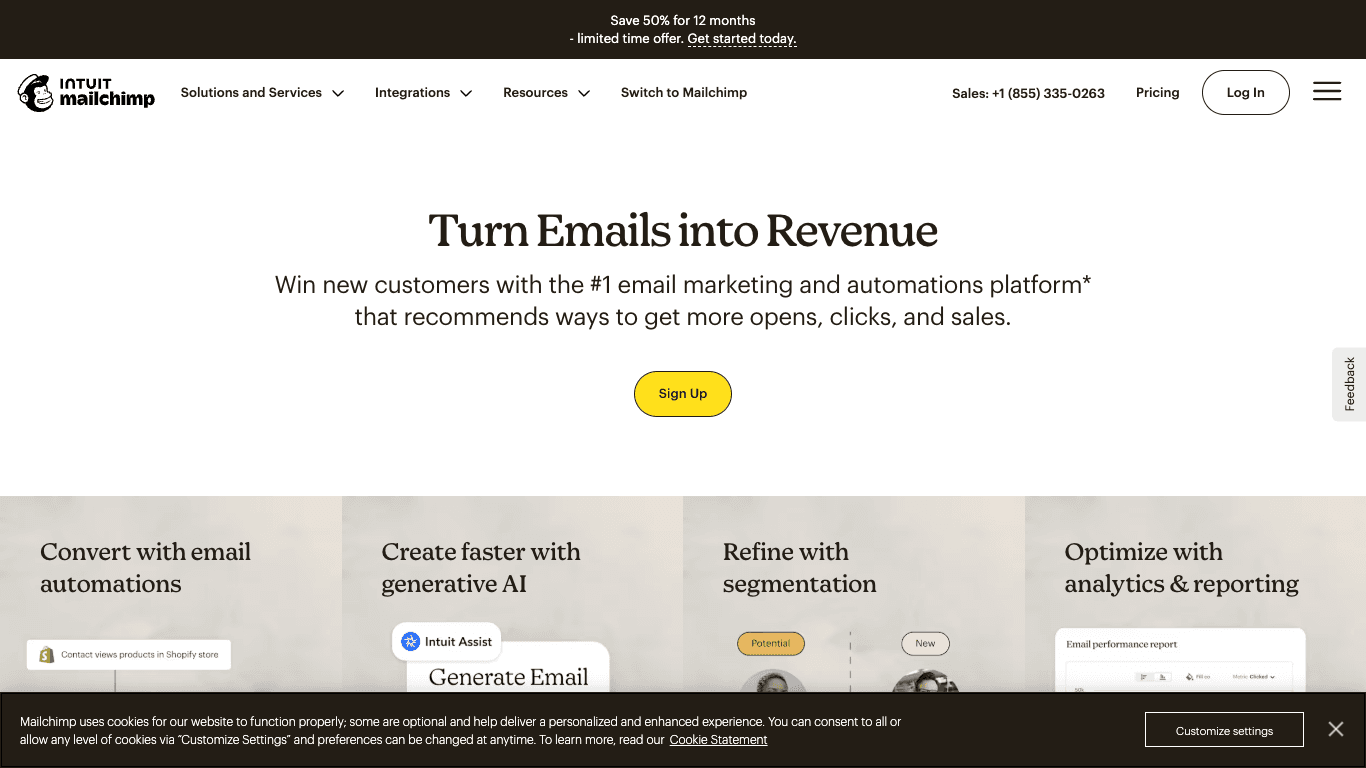
- Draft Your Launch Email Sequence: Don't just send one email. Plan a sequence:
- Teaser (1 week out): "Something big is coming."
- Announcement (Launch Day): "We're live!"
- Follow-up (Day 2): Social proof, early testimonials, or a use case.
- Final Reminder (Day 4/5): "Last chance for the launch offer."
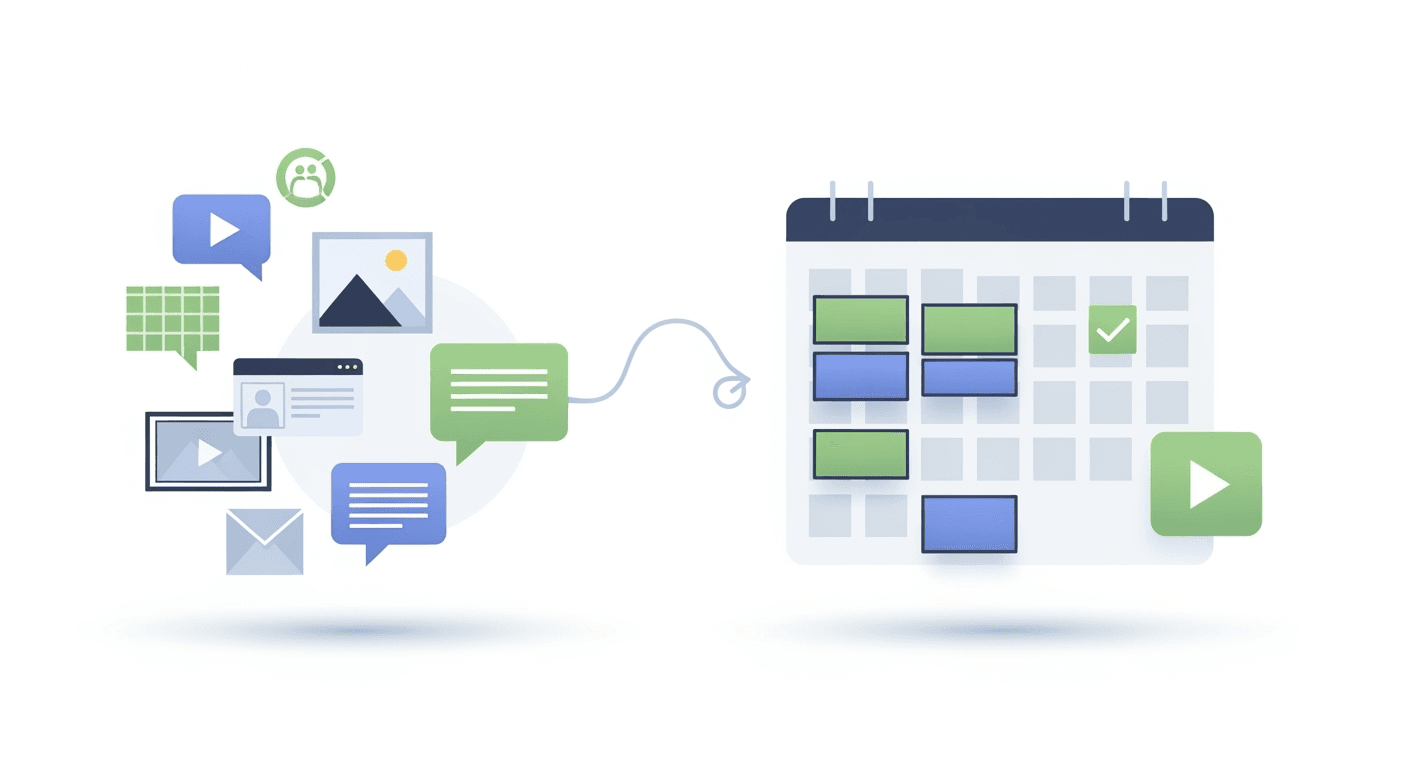
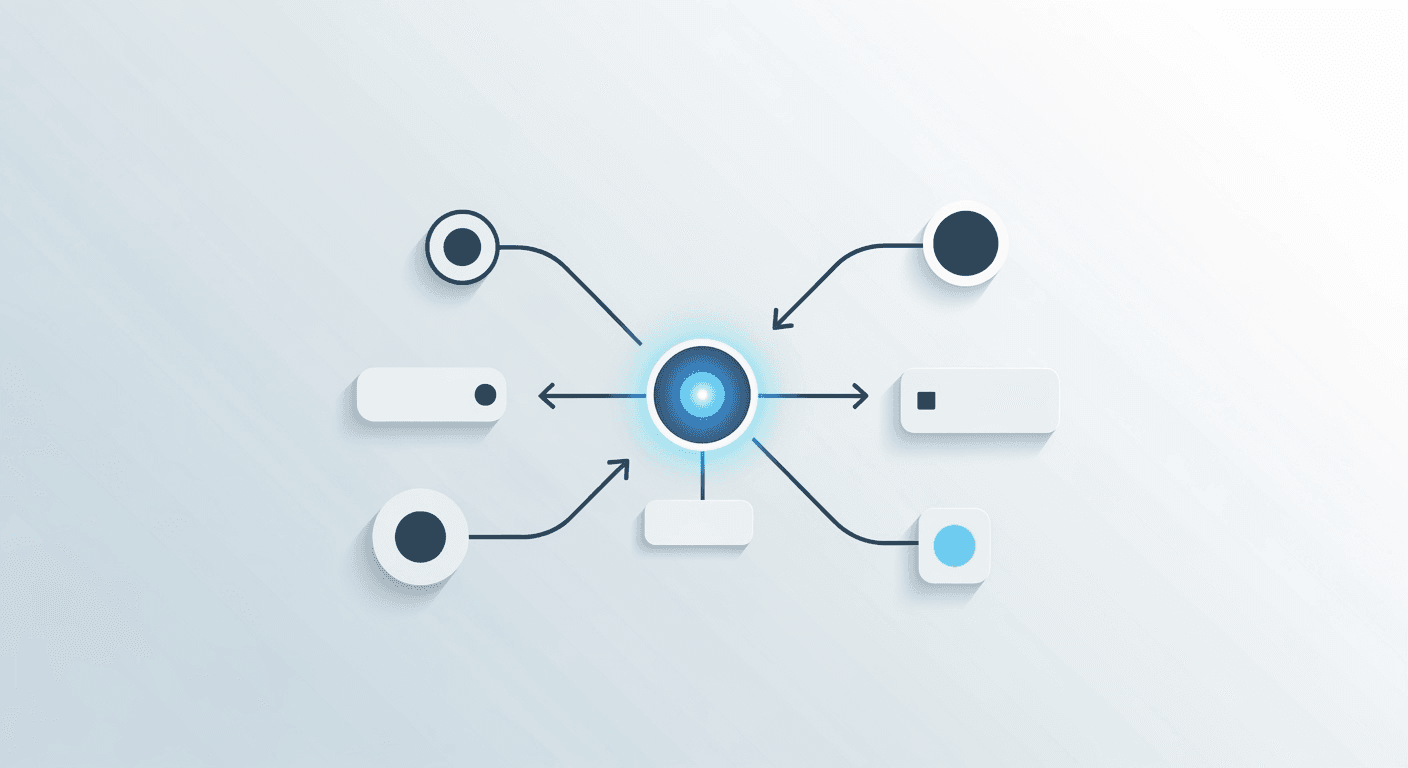
- Title: Simple Pre-Launch Marketing Funnel
- Boxes on the left: "Blog Post," "Reddit Comment," "Twitter Thread."
- Arrows pointing to: A central box labeled "High-Converting Landing Page."
- Arrow pointing from landing page to: A final box labeled "Pre-Launch Email List."
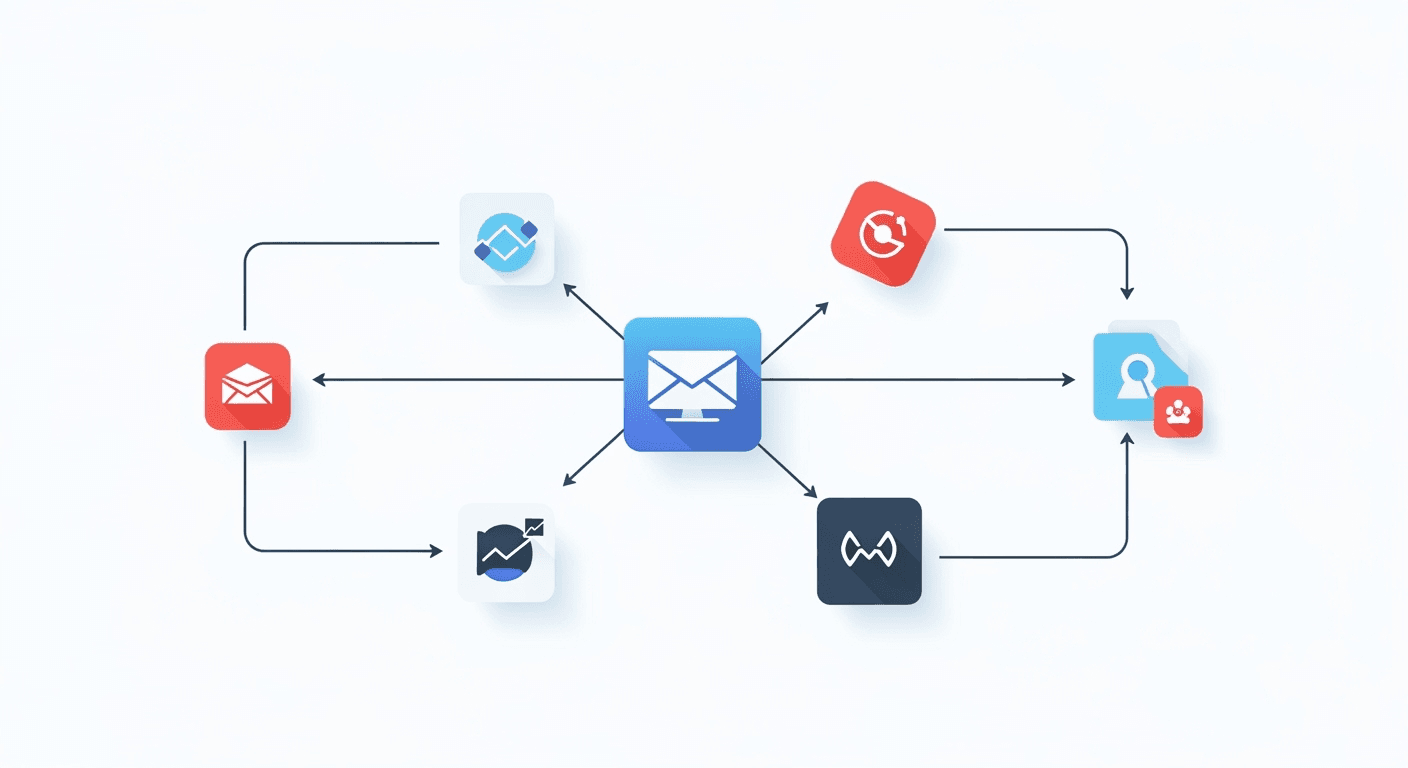
Mini Case Study: The Power of a Pre-Launch List
Get our free checklist: Improve your group's communication in 10 minutes.
Download now to reduce friction and talk more naturally.
- Challenge: Launching a technical product into a crowded market with a zero-dollar marketing budget.
- Solution: They built an email list of 1,200 highly-qualified leads before writing a single line of public-facing code.
- Result: On launch day, they converted 12% of their email list to a $29/month plan, generating over $4,000 in MRR from day one. Their
was simple but effective.product launch checklist template
Phase 4: Building Buzz & Community (2 Weeks Out)
Now you start making some noise. The goal is to warm up your audience so they're ready and waiting on launch day.
Your Checklist:
- Engage in Relevant Communities: Don't just spam your link. Become a helpful member of subreddits, Slack groups, or forums where your target audience hangs out. Answer questions, share your expertise, and only mention your product when it's genuinely relevant.
- Personal Outreach to Beta Testers/Influencers: Identify a small group of people whose feedback you'd value. Send them a personal email offering free, early access in exchange for their honest opinion.
- Schedule Product Demos: Offer to do live demos for interested users. It's a fantastic way to get direct feedback and build relationships.
- Submit to Directories & Pre-Launch Platforms: Get your landing page listed on sites like BetaList (https://betalist.com) to start capturing early interest.
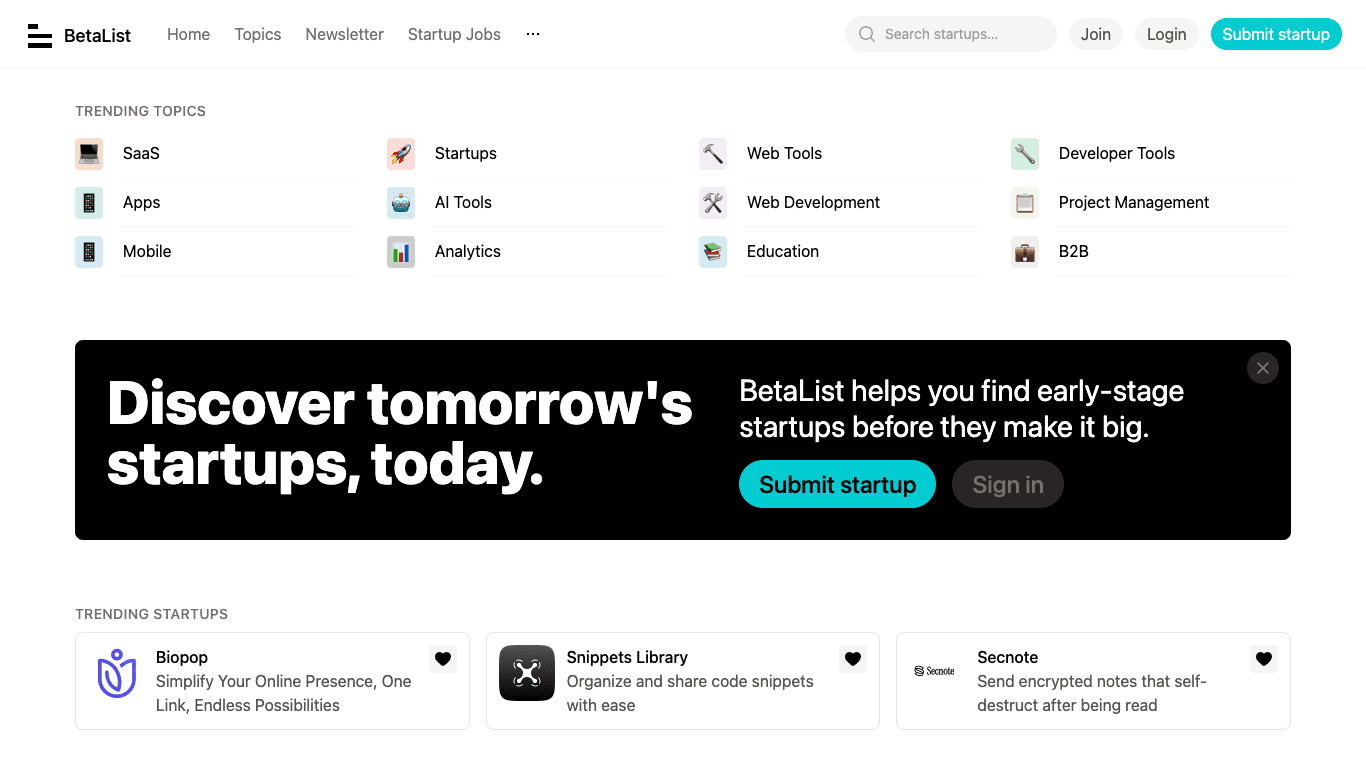
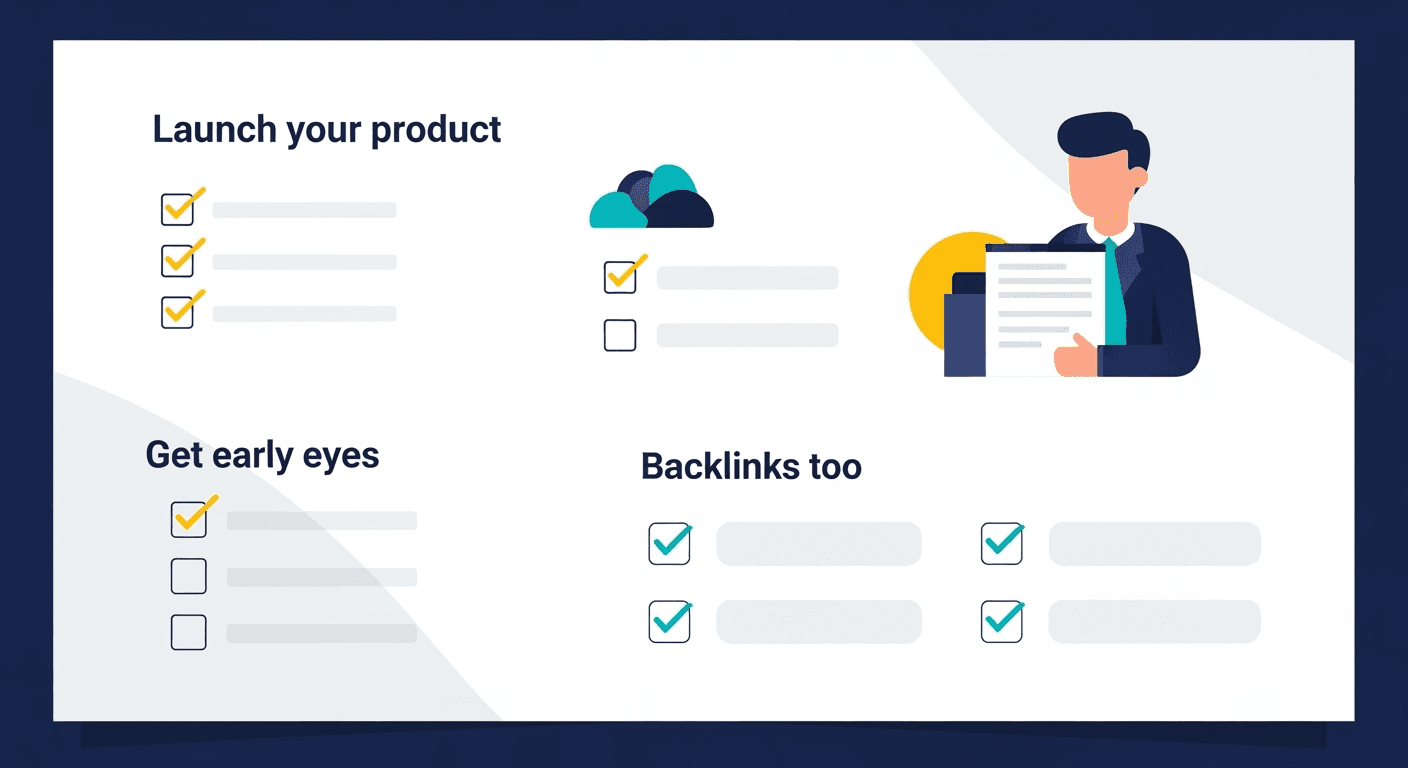
The Big Day: The Ultimate Launch Day Product Launch Checklist Template
This is it. Mission control, we are go for launch. Having a detailed, hour-by-hour product launch checklist template for the day itself is non-negotiable.
Phase 5: The Final Countdown (1 Week Out)
Tie up all the loose ends and run your final system checks.
Your Checklist:
- Finalize All Website & Product Copy: Proofread everything. Twice. Then use a tool like Grammarly (https://www.grammarly.com) to check it again.
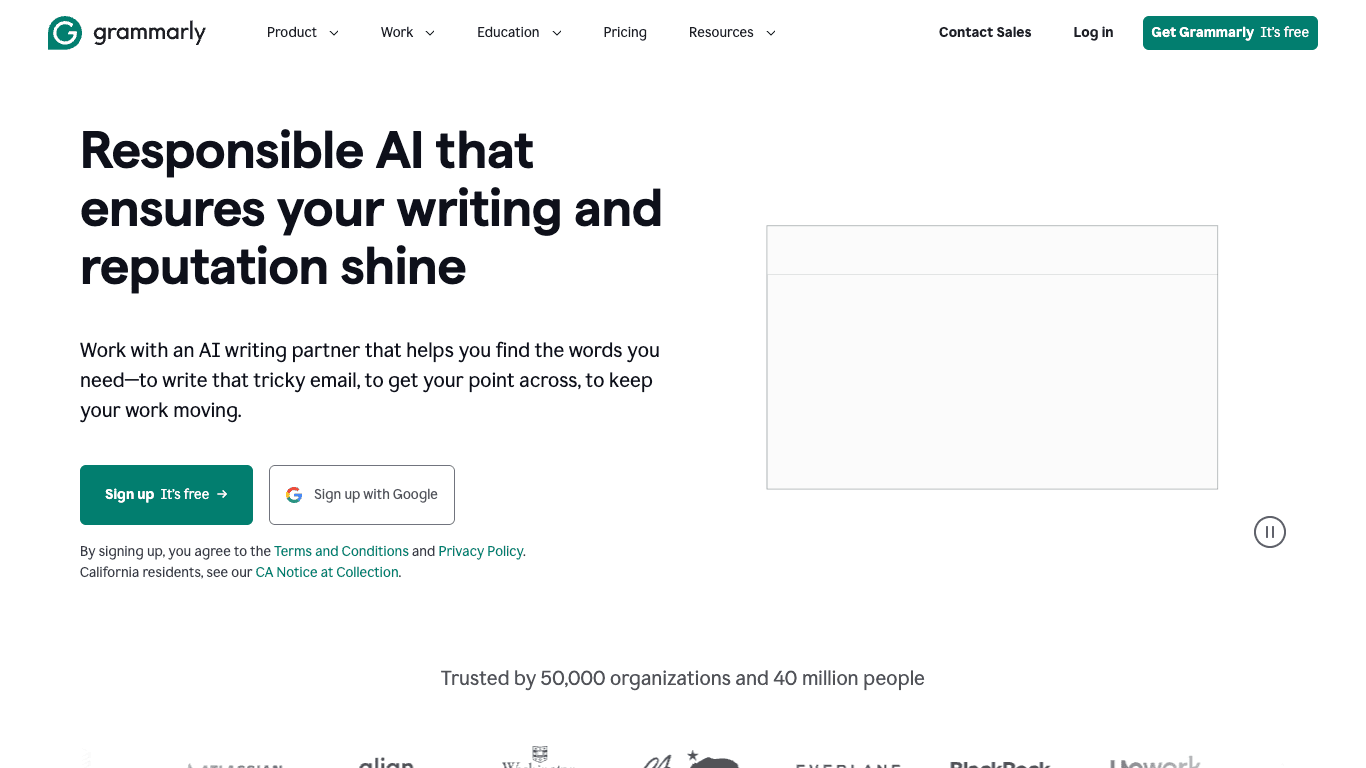
- Test Your Signup/Payment Flow: This is critical. Run a test transaction. Have a friend try to sign up. Is it smooth? Are there any bugs? Nothing kills launch momentum faster than a broken payment gateway.
- Set Up Analytics & Monitoring: Ensure Google Analytics (https://analytics.google.com), Hotjar (https://www.hotjar.com), or other tracking tools are properly installed. You need to be able to see what's happening in real-time.
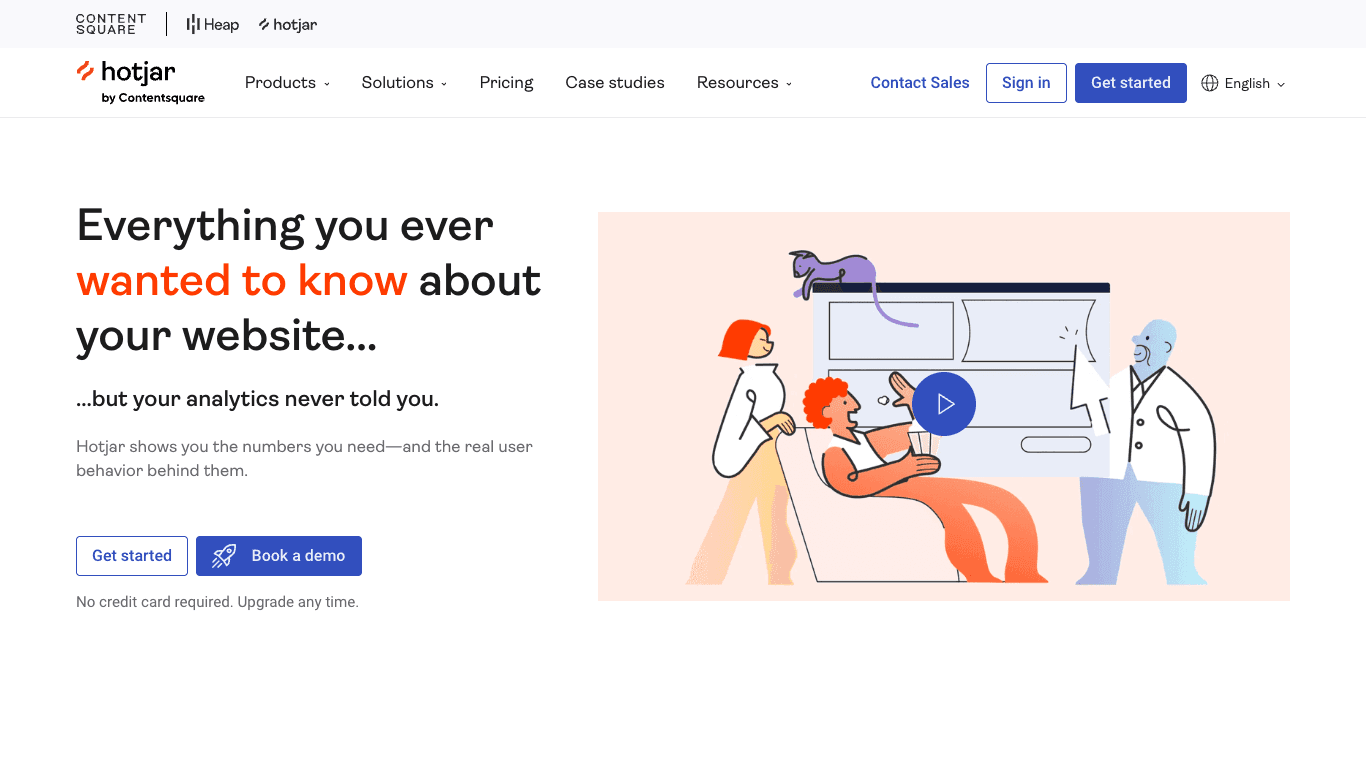
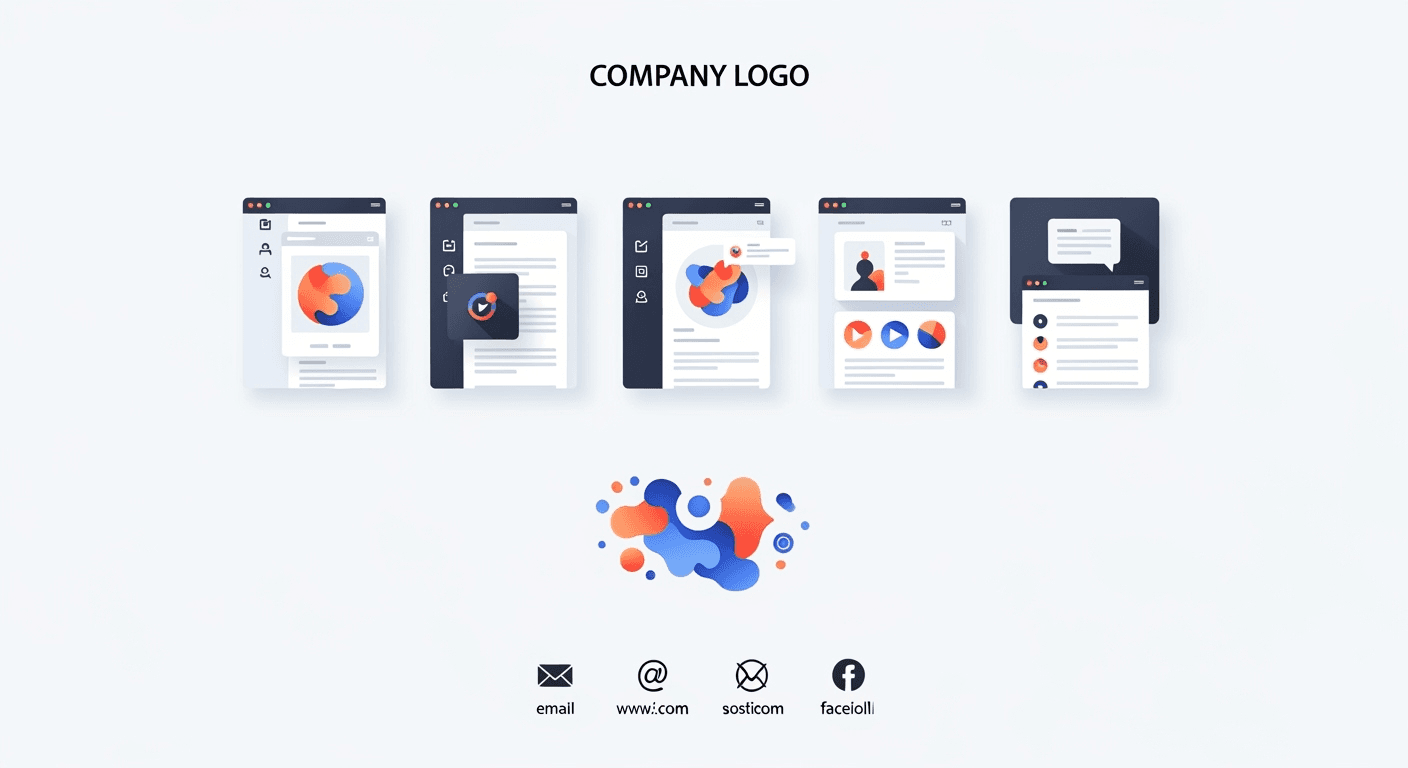
What I'd tell a friend: "Look, something will probably break on launch day. It just will. The server might wobble, a link might be wrong, a typo will surface. Don't panic. Your preparation is what allows you to handle these little fires calmly instead of melting down. Breathe. You got this."
Phase 6: Launch Day Execution (T-Minus 0)
Execute the plan. Stay focused and engaged.
Your Checklist:
- (Early Morning) Publish Everywhere: Post your product on launch platforms like Product Hunt (https://www.producthunt.com) and, of course, community-focused sites like ShipSquad that help you get those initial views and SEO-boosting backlinks.
- (Mid-Morning) Send Your Launch Email: Hit "send" on that email to your pre-launch list. This is your warmest audience.
- (All Day) Post on Social Media: Announce your launch on all your channels. Don't just post once; share updates, behind-the-scenes content, and early feedback throughout the day.
- (All Day) Engage, Engage, Engage: This is the most important task. Respond to every comment, email, and tweet. Be present, be helpful, and thank everyone who shows interest.
- (All Day) Monitor Your Analytics: Keep an eye on your website traffic, sign-ups, and conversion rates. Watch for any unusual dips or error spikes.
Get our free checklist: Improve your group's communication in 10 minutes.
Download now to reduce friction and talk more naturally.
The Work Isn't Over: Your Post-Launch Survival Guide
The launch isn't the finish line; it's the starting gun. How you handle the first month is just as important as launch day itself.
Phase 7: The First Week (Post-Launch)
The goal now is to listen, learn, and build relationships.
Your Checklist:
- Send a Personal Thank-You: Email every single person who signed up or bought your product in the first week. Ask for their feedback. This personal touch goes a long way.
- Actively Gather Testimonials: When you get positive feedback, ask for permission to use it as a testimonial. Social proof is marketing gold.
- Prioritize & Fix Critical Bugs: Your first users are your best bug detectors. Create a system to track their reports and fix the most critical issues immediately.
- Analyze Early User Behavior: Where are users getting stuck? What features are they using most? Tools like Hotjar that provide heatmaps and session recordings are invaluable here.
- Title: Post-Launch Metrics: What to Actually Track
- Description: A two-column table comparing vanity metrics with actionable metrics.
| Vanity Metrics (Feels Good) | Actionable Metrics (Drives Growth) |
|---|---|
| Website Page Views | Conversion Rate (Signup/Purchase) |
| Social Media Likes | User Engagement (Key feature usage) |
| Number of Signups | User Retention / Churn Rate |
| Email Open Rate | Customer Feedback Volume & Themes |
| *** |
Phase 8: The First Month & Beyond (Sustaining Momentum)
Now you build the engine for long-term growth.
Your Checklist:
- Establish a Content Calendar: Consistently publish helpful content (blog posts, tutorials, case studies) to attract new users and provide value to existing ones.
- Build a Backlink Strategy: The backlinks you earned from your launch are a great start. Now, be intentional. Guest post on industry blogs, create shareable resources, and engage in digital PR. This is crucial for long-term SEO.
- Nurture Your New Community: Whether it's a Slack group, a newsletter, or just your email list, keep your early adopters engaged. Share updates, ask for their input on new features, and make them feel like insiders.
- Plan Your First Major Update: Use the feedback you've gathered to plan and announce your first big feature update. This shows your users that you're listening and committed to improving the product.
Mini Case Study: From Launch to Flywheel
An indie developer launched a simple browser extension for designers.
- Challenge: The initial launch buzz on Product Hunt faded after 48 hours, and traffic flatlined.
- Solution: He personally emailed his first 100 users and asked what they'd like to see next. Based on their overwhelming feedback, he added a single, highly requested feature. He also wrote a detailed blog post about why he built it, based on their input.
- Result: The users loved it. They shared the blog post in their own design communities, creating a second wave of traffic. The key takeaway? He used the feedback from his initial launch to fuel the next cycle of growth. This is the post-launch flywheel in action.
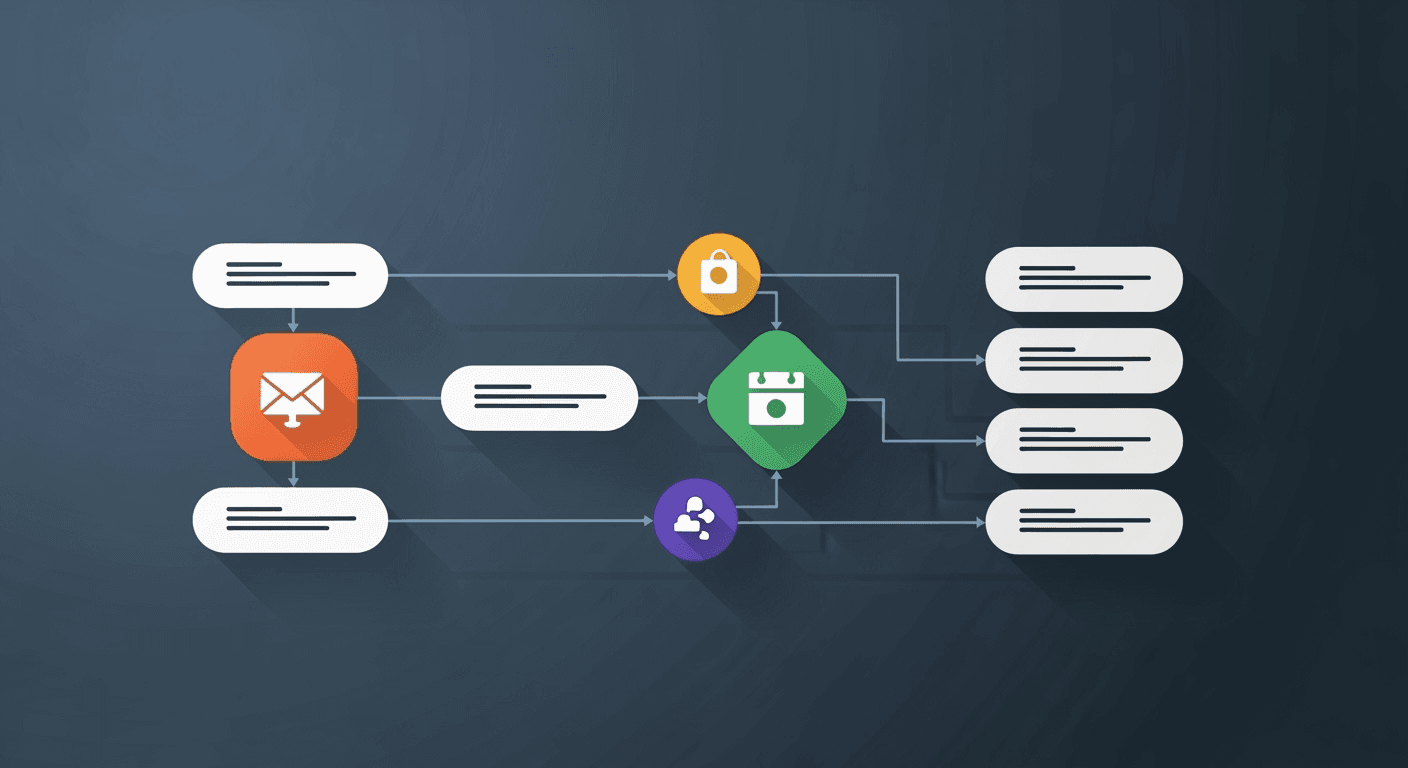
- Title: The Post-Launch Flywheel
- 1. Gather Feedback: From early adopters and analytics.
- 2. Iterate & Improve: Fix bugs and build features users actually want.
- 3. Promote Updates: Share what's new through content and community.
- 4. Attract New Users: Through word-of-mouth and improved SEO, which leads back to #1.
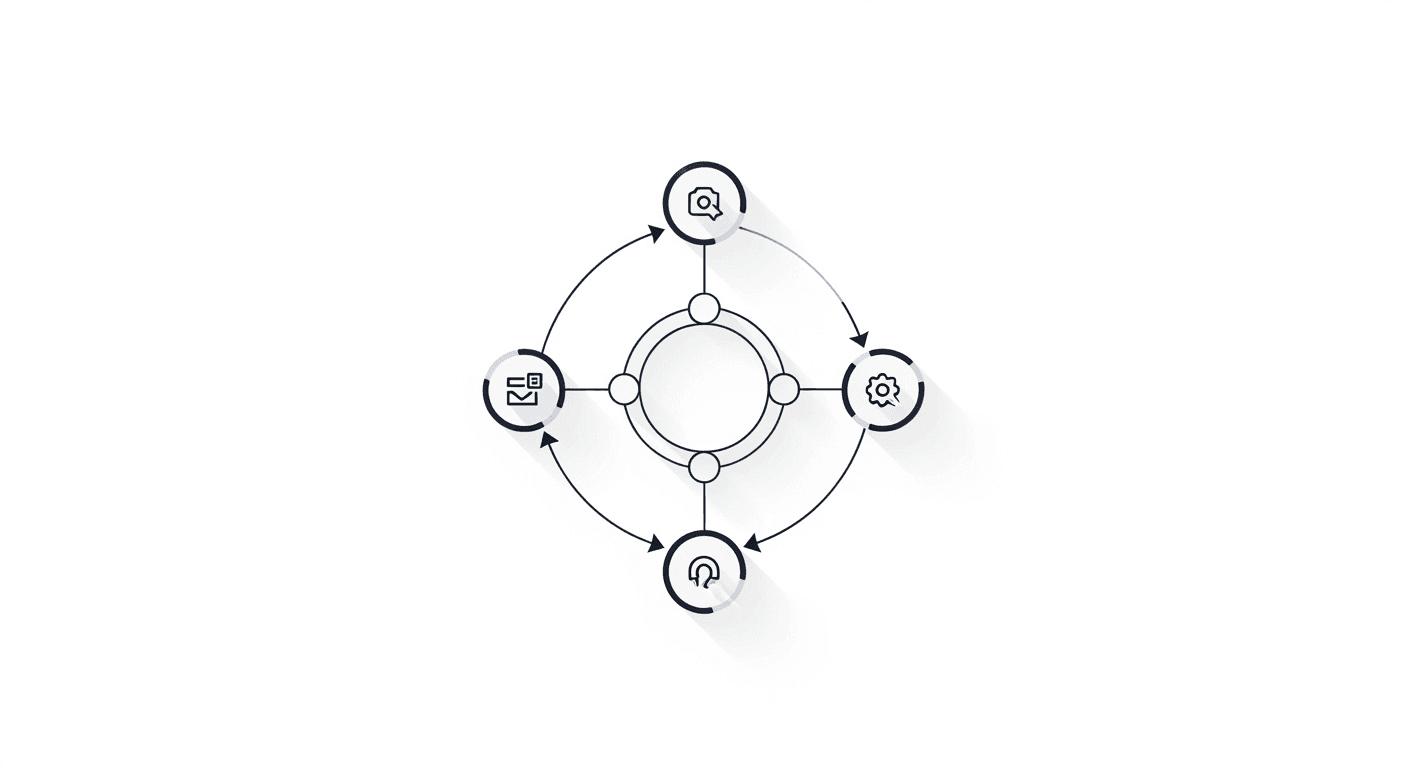
Common Launch Pitfalls to Avoid
Even with the best product launch checklist template, things can go wrong. Here are the most common traps:
- Launching to Crickets: The #1 mistake. You can't just show up on launch day and expect a crowd. You have to build the audience before you need them.
- Ignoring Feedback: Your early users are giving you a roadmap to success. Ignoring their feedback because it doesn't align with your original "vision" is a recipe for failure.
- Having No Post-Launch Plan: The launch day high is addictive, but it's temporary. You need a plan to convert that initial spike of interest into sustainable growth.
- Focusing Only on the Product: A perfect product with zero marketing is just a well-designed secret. Your go-to-market strategy is just as important as your tech stack.
Conclusion: Your Launch is Just the Beginning
A product launch isn't a single event; it's the start of a continuous cycle of building, measuring, and learning. This product launch checklist template is your guide, but the real magic happens when you combine meticulous planning with a genuine desire to serve your users.
Don't let your hard work go unnoticed. Plan your launch, build your audience, and get the feedback and visibility you need to grow. The indie maker journey can be lonely, but you don't have to launch alone.
Ready to give your product the launch it deserves? Don't just launch it into the void. Launch it with a community of early adopters ready to provide feedback, support, and those all-important backlinks for your SEO.
Launch your product on ShipSquad for free and start building momentum from day one.
Recommended Videos
- The Perfect Product Launch Formula (for 2024) - A great overview of modern launch strategy from Noah Kagan.
- How to Launch on Product Hunt - A tactical guide to maximizing your launch on one of the most popular platforms.
Frequently Asked Questions
1. How early should I start planning my product launch?
You should start thinking about your launch the moment you start working on the product. The "Pre-Launch Foundation" phase, which includes market research and validation, should begin at least 3-6 months before your target launch date.
2. What's the most important part of a product launch?
While every phase is important, the pre-launch phase of building an audience is arguably the most critical. Launching to a small, engaged group of people who are eagerly awaiting your product is infinitely better than launching to a massive, indifferent audience.
3. How do I build an audience before I launch?
Start by creating a simple landing page to collect emails. Then, provide value in the online communities where your target audience spends their time. Share your knowledge, answer questions, and build relationships. This "slow burn" approach builds trust and a loyal following.
4. Can I use this product launch checklist template for a service or a course?
Absolutely! The principles are the same. You still need to validate the market need, build a pre-launch audience, craft your messaging, and have a plan for launch day and beyond. Just adapt the "product development" steps to fit your specific offering.
5. What if my launch doesn't go as planned?
Almost no launch goes exactly as planned. Don't panic. The most important thing is to learn from it. Did you get fewer signups than expected? Survey the people who visited but didn't convert. Was there a critical bug? Communicate openly with your users about how you're fixing it. A "failed" launch is only a failure if you don't learn anything from it.
6. How can I get backlinks for my new product?
Getting backlinks at launch can be tough, but it's crucial for SEO. One effective way is to launch on platforms that provide a do-follow backlink as part of their service, like ShipSquad. Additionally, you can create a unique, free tool or resource related to your product that others in your industry will want to link to. Personal outreach to bloggers who have covered similar products can also work, especially if you have a compelling story.